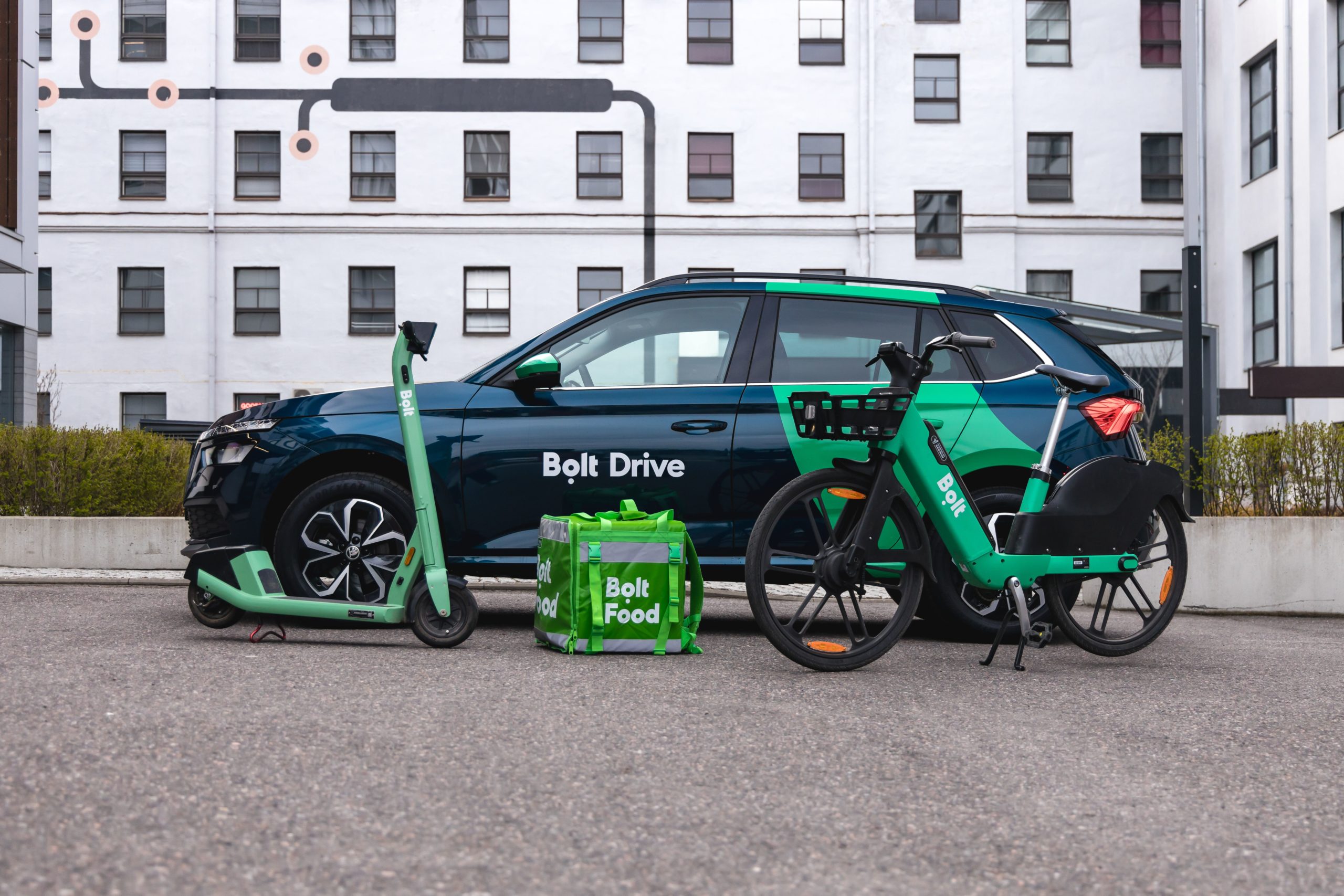Ride-hailing services were first introduced to Ugandan citizens in the year 2014. Since then, increasing public demand has caused rapid growth, which was disrupted at the outbreak of the Covid-19 pandemic. Uganda has already had two extended lockdowns in the past 18 months, which restricted movement and affected incomes in the mobility business.
Nonetheless, as the economy recovers, the popularity of ride-hailing services still endures.
Greater convenience at a reduced cost and saving time, are the prime benefits that attract customers to these services.
Companies such as Bolt have also helped transform Uganda’s public transportation industry for the better by giving commuters more choice in how they want to get from one point to another. Customers can use a smartphone application to request a ride in any location in the city.
In a bid to retain its position as the market leader, Bolt has been making periodical adjustments in its operations due to the post-Covid conditions. It has improved its app to maintain its reputation in ensuring safe and affordable rides for customers and helping drivers recover from the economic shock of the pandemic.
Coming out of the second lockdown at the end of July this year, Bolt management announced an extension to the grace period of not charging commissions for both their vehicle and boda boda riders.
This aimed to give their drivers on an entrepreneurial journey a kick-start in terms of a slight increase in take-home income after long weeks of relative inactivity. The decision was unprecedented and proved its commitment by providing drivers with the best earning opportunities on the market while also treating them with dignity, especially during harsh economic conditions. They can also choose whether to operate part-time or full time based on their preferences. To date, Bolt still charges no commission to it’s Boda drivers while charges a very lean percentage to the car drivers.
Bolt also updated its app for faster usage to improve security and safety for both riders and clients by adding the 12-hour cap. After spending up to 12 hours driving, the app will automatically notify the rider or driver it is time to take a break. The driving hour timer will only reset once the rider or driver has had their rest period. The temptation to overdo it or overexert yourself by catching up on lost earnings is why this feature is so valuable. Also of great importance is that this restriction helps prevent potential accidents caused by drowsy driving.
Ride-hailing services such as Bolt were established on the concepts of convenience and simplicity to make the customer experience as enjoyable as possible through advancing technology. Not long ago, Bolt upgraded its cashless option for corporate and card-payment customers. This has significantly facilitated and accelerated the transition from cash to electronic payments. The innovation is also consistent with present trends as many customers prefer the cashless option.
To complement this, Bolt has also introduced Bolt Business cars and Bolt Business Bodas. The two categories have been designed to cater for non-cash users. These categories are convenient for corporate users and those with card payments, or those with work profiles.
Compared to the general state of affairs before 2014, ride-hailing services have relieved much of the stress of urban mobility. There is generally far less waiting time involved. Payment for the driver is also designed to optimise convenience because the customer is automatically charged for the ride upon arrival to the final destination.
Bolt customers can be reassured that drivers are operating vehicles in sound mechanical condition after the company signed a partnership with VAG Motors Limited.
The transformation of public transport is an ongoing process, and congestion remains a big concern. However, the rise of ride-hailing can lead to fewer private vehicles on the road. The net gain is less pollution, less traffic congestion and less fuel consumption.
The impact of digital is changing consumer experiences across the services industry and setting expectations that will shape demand for transportation services in the future. The speed of innovation will increasingly hinge on customer needs that deliver greater convenience through integrated services.



























